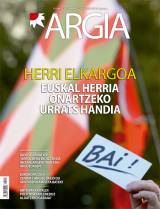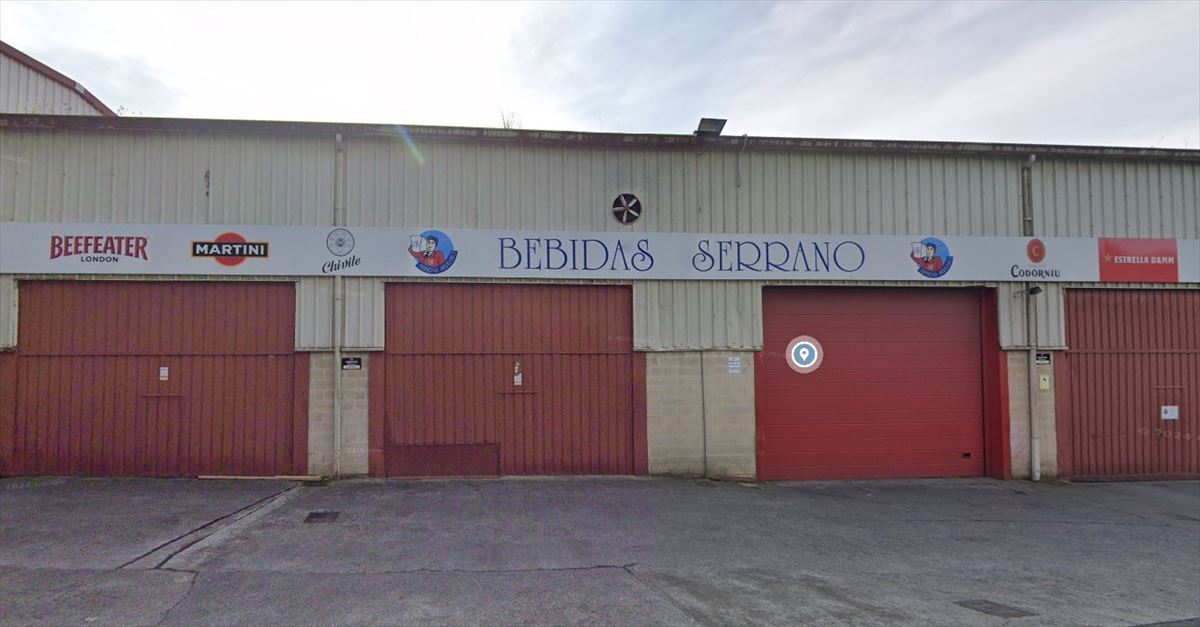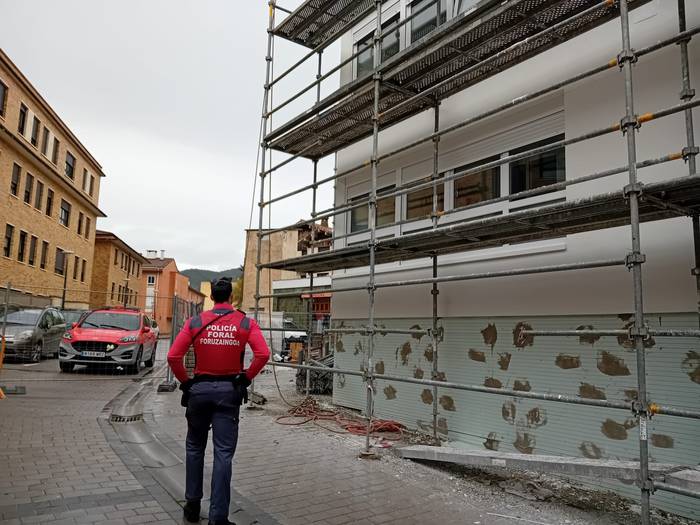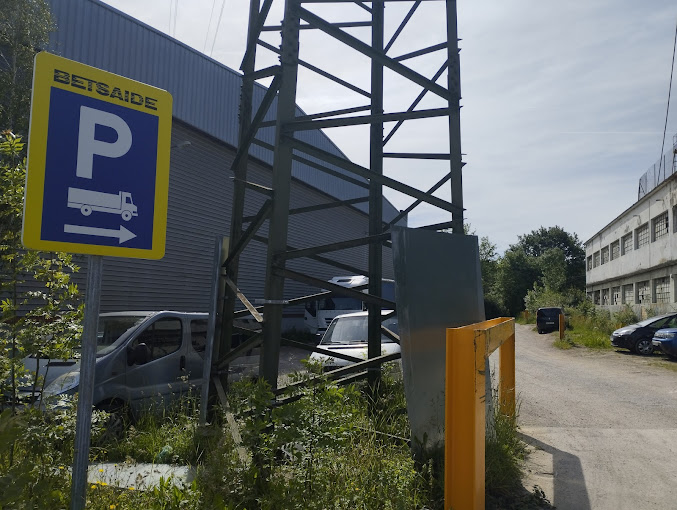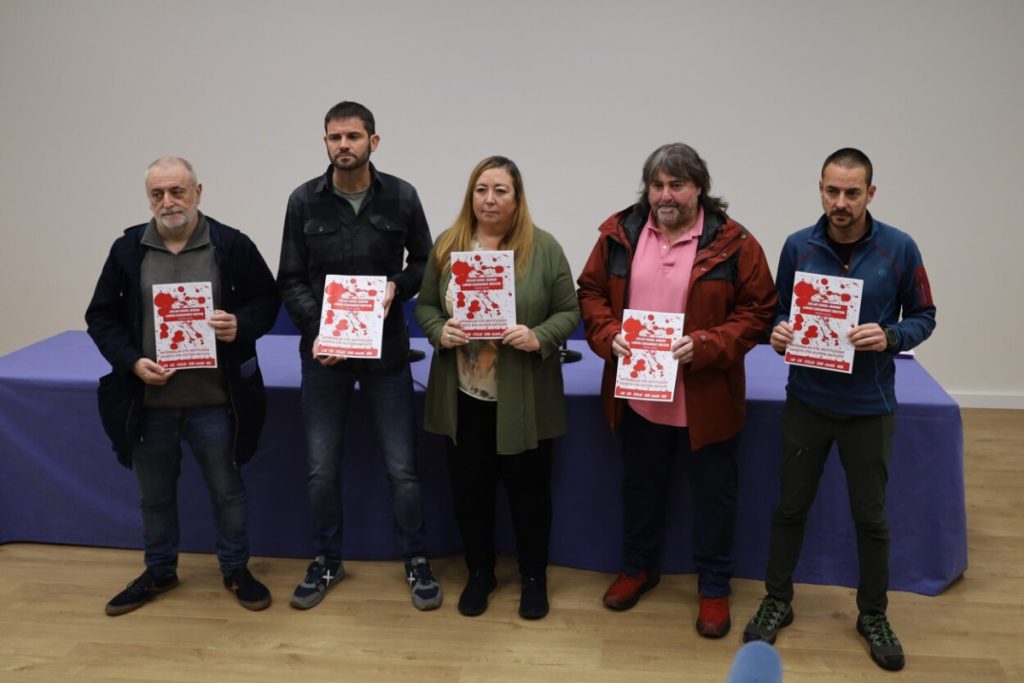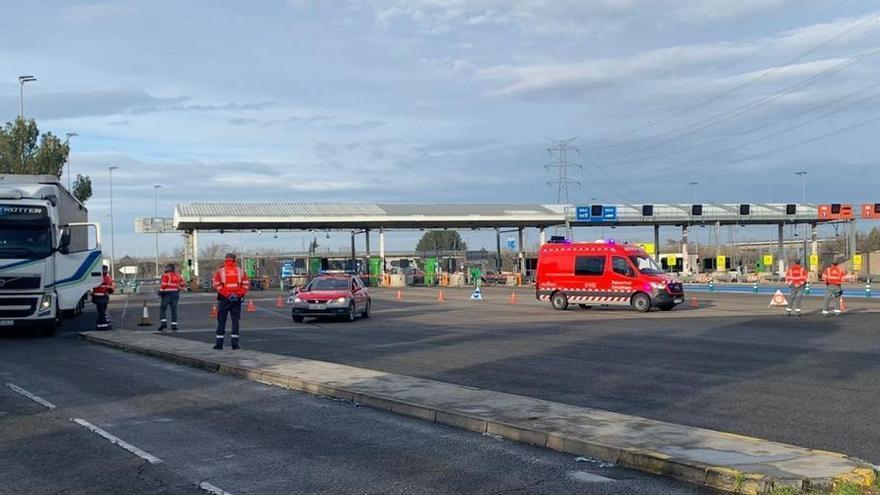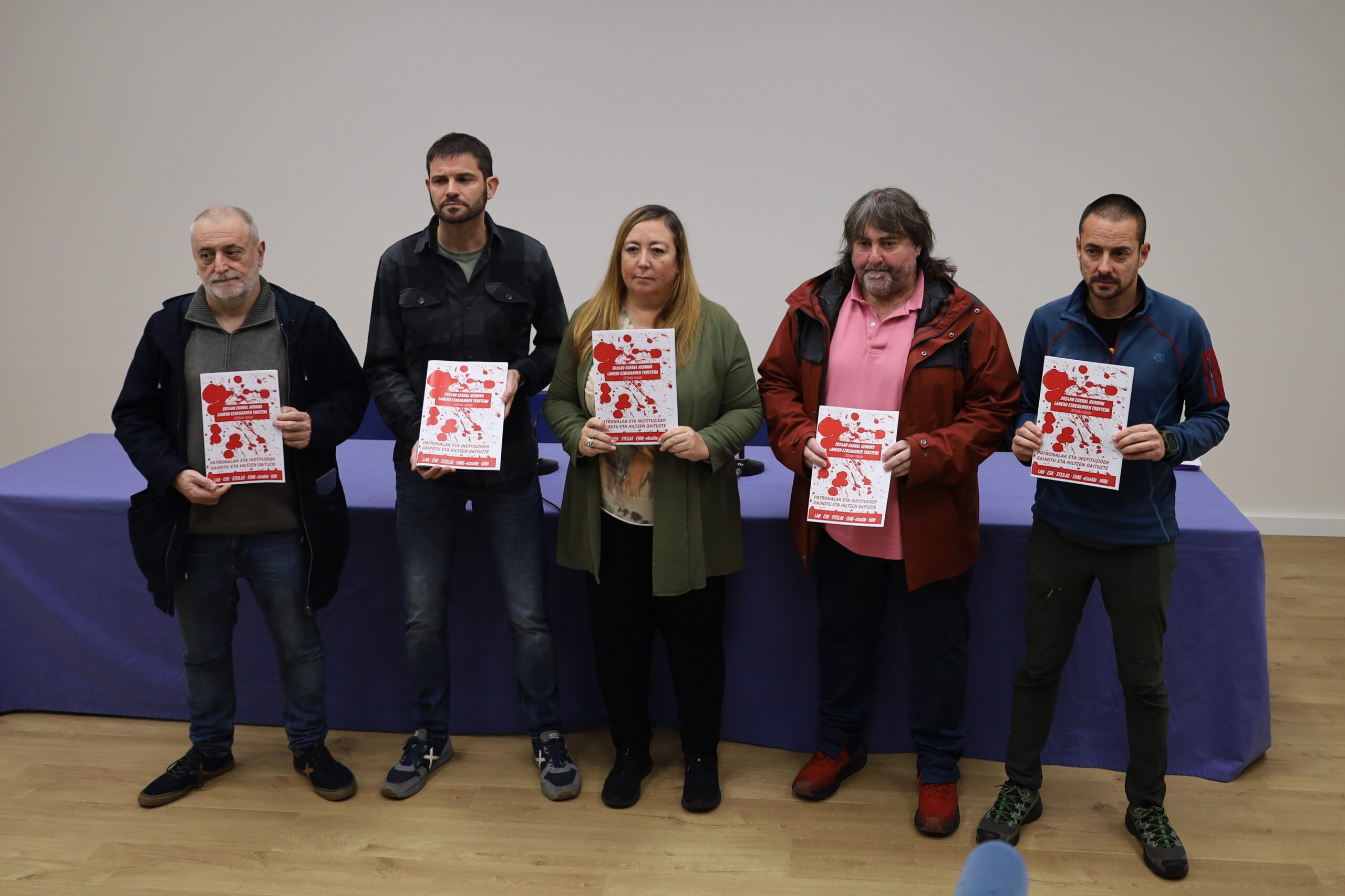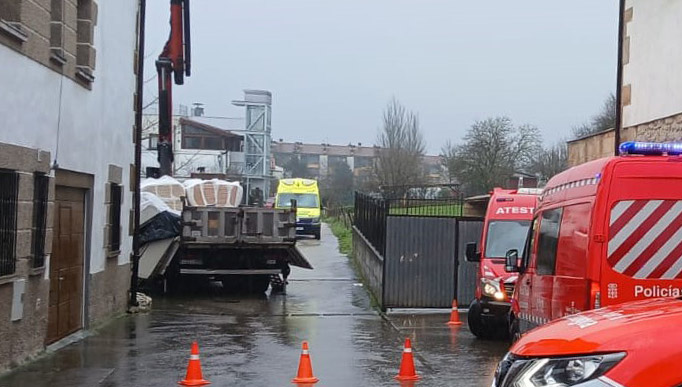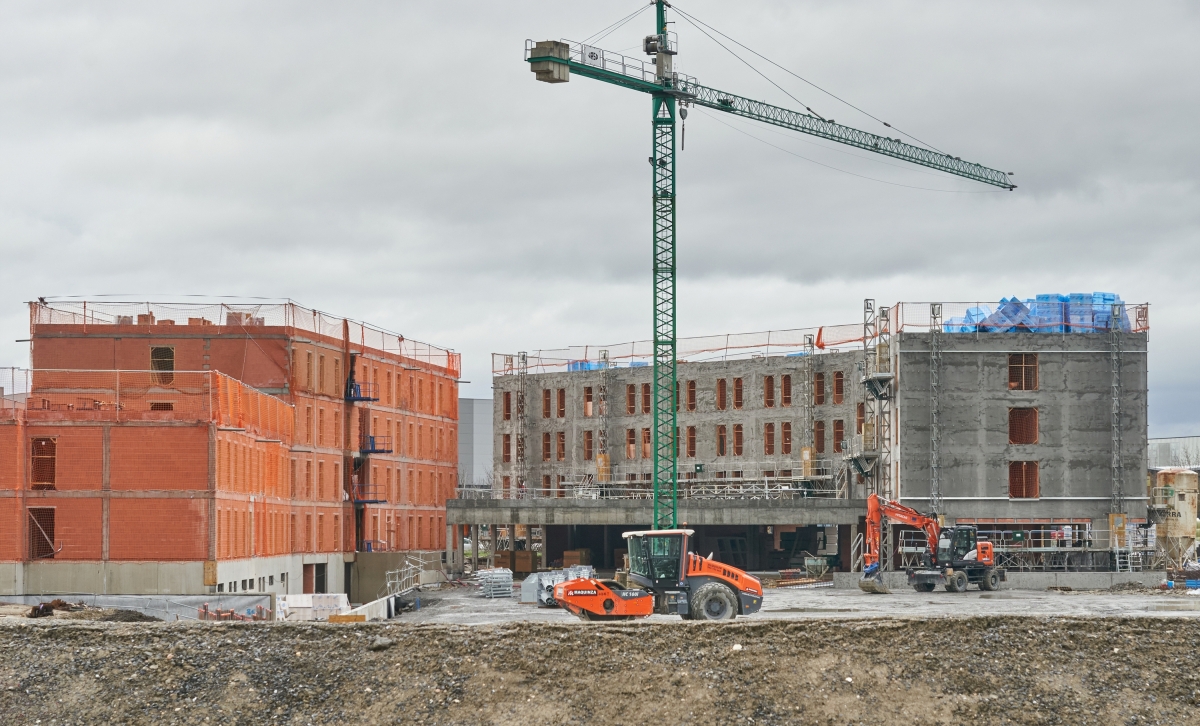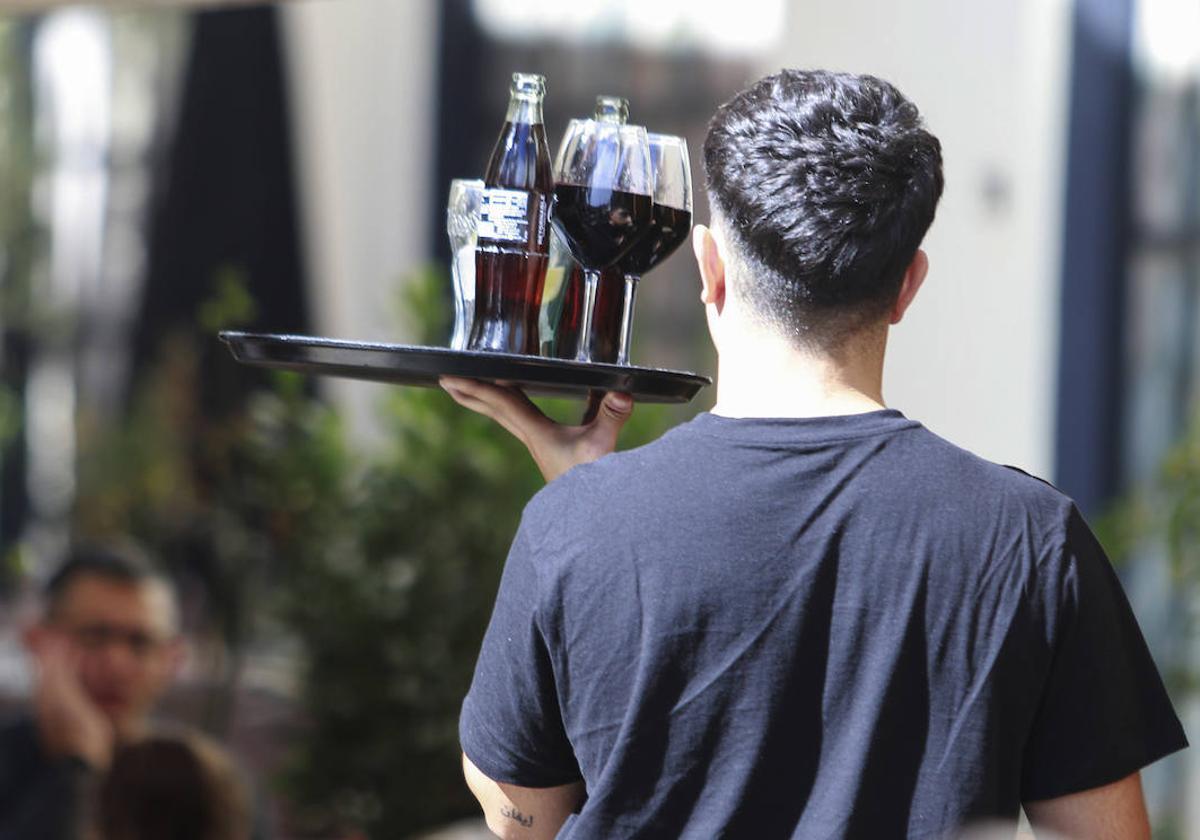Adidas logo wearing La Roja costs 30,769 Chinese workers
- The 2016 Euro Cup brings with it the great brands of sportswear invested in advertising and sponsoring operations. But those big brands of “social responsibility” – Nike, Adidas, Puma – are still in a crazy race to lower costs. Always in search of more crushed labour, Chinese productions now move to Vietnam or Bangladesh.
![Thanhnien News “ hedabide elektronikotik eskuratutako argazkian, langileak Adidas oinetakoak ekoizten Vietnamgo usina batean. Nayla Ajaltounik esan duenez, “Nike eta Adidas saiatu dira beren marka irudia zaintzen, produkzio katean [lan baldintzen] gardent](https://www.argia.eus/astekaria/docs/2512/argazkiak/adidas.jpg)
What do Cristiano Ronaldo, star of Real Madrid, the French team that organised the 2016 Euro Cup and a textile worker from Vietnam have to do? One brand: Nike. He pays 25 million euros a year to Ronaldo for bringing the famous logo in shoes and t-shirts, and another 42.6 million to the selection of the rooster. It produces Vietnamese workers in exchange for EUR 170 per month for boats and tixers, less than a Vietnamese family needs to meet their basic needs.
Pay attention. With the EUR 24 million paid by Adidas to the Spanish football team, 17,559 workers from Cambodia, 18,796 from Indonesia or 27,242 from Vietnam would earn a living wage. Like Nikek Les Bleus, Adidas sponsorizes La Roja and Germany, Pumak Italia. Among players, Nikek Ronaldo, Adidas, Lionel Messi (EUR 38 million) and Paul Pogba (EUR 38 million). In clubs, Nikek Barcelona (38.3) and Paris Saint germain (7.9), Adidas Manchester United (114.3) and Bayern Munich (60.7).
These and many more information have been gathered by the French magazine Alternatives Economiques in the dossier “À qui profite l’Euro 2016” (Euro 2016 for the benefit of whom). Approached in collaboration with Basta! with electronic media has been titled by: “Euro 2016: Nike and Adidas flee their social responsibility for paying ever lower wages.”
Nayla Ajaltoun, who works in the collective Ethique sur l’Etiquette, says: “These eye-catching figures illustrate the model of the major brands of sports equipment: they spend huge sums on marketing and communication to ensure the profitability of their shareholders, while they do not bring benefits to the workers who are the basis of company growth.”
Nike, Adidas and Puma hold 70% of the world’s clothing and sports shoes market. Marketing and sponsorship costs, like shareholder dividends, are growing at a dizzying pace, but meanwhile what they spend on subcontracting salaries in Asia, particularly in China, Vietnam and Indonesia, is still very low.
In ten years, the annual benefits of Nike's shares have increased by 135%, almost three billion euros in 2015. Adidas’ profits have increased by 66%, to €600 million.
The Ethique sur l’Etiquette collective has done more calculations. Only two out of every 100 euros a citizen pays Niker for a pair of shoes are for the manufacturer of the work. In the 85 euros that a Adidas shirt costs, the proportion is even worse: the subcontract has paid 60 cents to the operator. In contrast, brands have taken EUR 25 per blow.
The share of salaries paid by major brands is lower than that paid in sponsorships and marketing, as they have invested EUR 3-4 per product. Parallel to shareholder profits, sponsoring budgets have also been increased. Companies spent EUR 400 million in 2015 sponsoring the top ten football clubs in Europe and continue to increase.
On the contrary, an increasing reduction in labour force is still being sought, so that it has as little part as possible in the composition of the product. This dynamic has not been interrupted, although in recent years hard campaigns have been carried out denouncing the labor policies of these brands.
China has become a bit expensive
It's been 20 years since Pakistani children showed up in some eye-catching pictures sitting on the ground stitching balls from the Nike brand. Later, in the year 2000, it extended to Nike as Adidas in Indonesia by subcontract that used children to work, paying less than 50 euros a month for 15 hours of work. Subsequently, by force of pressure, the multinationals accepted social standards and audits.
Enough! And the dossiers of Alternatives Economiques have shown that for these purposes of social peace the rules of relentless mutual concurrence are quickly overlapped.
In ten years, the wages of Chinese workers have multiplied by 2.5, it is the only Asian country that is approaching the minimum wage a family needs to survive: the average monthly wage has risen to almost 400 euros, about 460 that are considered minimum to survive.
However, this is more worrying than satisfactory for multinationals that compete to increase their profits without interruption. Adidas leaders have complained that "cheap China" is ending, and a study carried out within Nike has concluded that wage rises are a "threat to the survival of added value".
Like Nike, Adidas has started to move production from China to Vietnam and to a lesser extent to Indonesia and Cambodia, despite the fact that the International Labour Organisation states that workers’ rights are not protected on those occasions.
In nine out of ten pigeons in Vietnam, workers do not have their legal holidays. If in Indonesia the minimum monthly wage is EUR 80, in one in three workplaces the workers are paid more; in two in three of them more legal hours must be worked.
The difference between a living wage and the average wage in the country is also significant. If a family in Cambodia needs to survive an orderly month – not in the living conditions of the Basque Country, the prefect – it earns EUR 229, EUR 115. In Indonesia the tranche goes from EUR 209 to EUR 102 and in Vietnam from EUR 247 to EUR 174.
In working conditions, health risks must also be taken into account, including the most toxic poisons workers must suffer. The characteristics of sports shoes are achieved through the use of harmful chemicals: sun-resistant dyes, PFC perfluorocarbons to resist water and moisture, silver ions to fight bacteria, anti-mosquitoes… As Nikek Adidas have signed the Blue Sign program to avoid toxic substances among their suppliers, but in the production chain, who guarantees so many subcontractors?
Below and above international campaigns, no one has managed to break the logic of big brands, that is, to put expenditure and investment in advertising and sponsorship above the living conditions of subcontracting workers. That is why, as Germain Lefebvre and Ivan du Roy have said, they have made an article for Basta! “The ball that UEFA has requested from Adidas for the Euro 2016 will be produced in Pakistan, as it was the last of the World Cup.”
Zenbait urtetatik hona sarri entzuten dugun kontzeptua da zaurgarritasuna. Gaur gaurkoz, diskurtso politikoetan pertsona zaurgarriez aritzea ohikoa da. Seguru nago nik ere inoiz erabili dudala berba hori Bizilan.eus webgunean, eskubide laboralak eta prestazio sozialak azaltzeko... [+]
Economists love the charts that represent the behaviors of the markets, which are curves. I was struck by the analogy of author Cory Doctorow in the article “The future of Amazon coders is the present of Amazon warehouse workers” on the Pluralistic website. He researches the... [+]
Buñueleko (Nafarroa) kasuan, 34 urteko gizona makina batean harrapatuta geratu da. Arratzun (Bizkaia), aldiz, garabiak goi-tentsioko linea bat ukitu ostean hil da 61 urteko gizona.
Betsaide enpresan gertatu da, 08:00ak aldera. Urtea hasi denetik gutxienez bederatzi behargin hil dira.
2024ko laneko ezbeharren txostena aurkeztu dute LAB • ESK • STEILAS • EHNE-etxalde eta HIRU sindikatuek aurtengo otsailean. Emaitza larriak bildu dituzte: geroz eta behargin gehiago hiltzen dira haien lanpostuetan.
Jakina da lan ikuskariak falta ditugula geurean. Hala ere, azken egunotan datu argigarriak ematea lortu dute: lan ikuskaritzaren arabera, EAEko enpresen %64ak ez du ordutegien kontrolean legedia betetzen. Era berean, lehendakariordeak gaitzetsi du, absentismoaren eta oinarrizko... [+]









